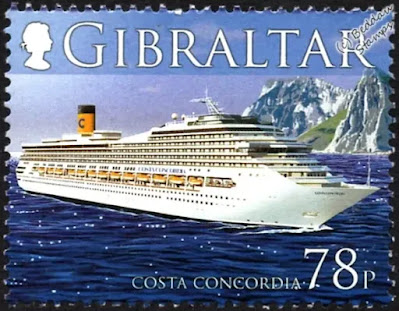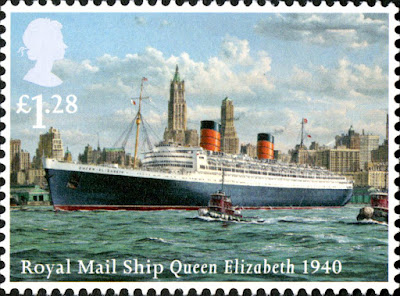
The RMS Queen Mary 2, a luxury ocean liner, began its maiden voyage on 12 January 2004. The Queen Mary 2 is the flagship of the Cunard Line and is renowned for its elegance, luxurious accommodations, and transatlantic voyages.
Key features and facts about the RMS Queen Mary 2:
Maiden Voyage: The Queen Mary 2 embarked on its maiden voyage from Southampton, England, to Fort Lauderdale, Florida, USA, on 12 January 2004.
Transatlantic Route: While the ship operates various cruise itineraries, it is particularly known for its regular transatlantic crossings between Southampton and New York City, maintaining a tradition that dates back to the early 19th century.
Luxury and Elegance: The Queen Mary 2 is known for its luxurious amenities, including opulent staterooms, gourmet dining, theaters, and a variety of entertainment options. It aims to provide a classic and elegant cruise experience.
Size and Design: At the time of its launch, the Queen Mary 2 was one of the largest ocean liners ever built. It features a distinctive design reminiscent of classic ocean liners, with a black hull and white superstructure.
Cunard Line Heritage: The Queen Mary 2 is part of the Cunard Line's fleet, which has a rich history in transatlantic travel. The Cunard Line has been associated with some of the most famous ocean liners, including the original RMS Queen Mary and RMS Queen Elizabeth.
Renovations and Upgrades: Over the years, the Queen Mary 2 has undergone renovations and upgrades to maintain its high standards and incorporate modern amenities.
The Queen Mary 2 continues to be a symbol of luxury travel and oceanic grandeur. Its transatlantic crossings and worldwide cruises attract passengers seeking a combination of classic elegance and modern comforts.






